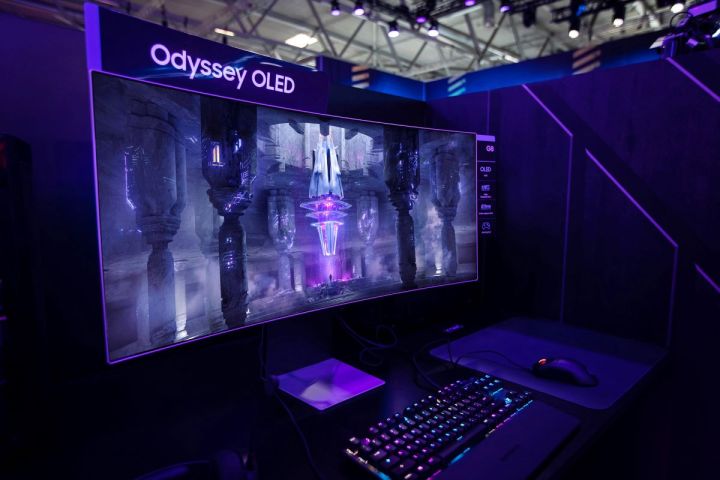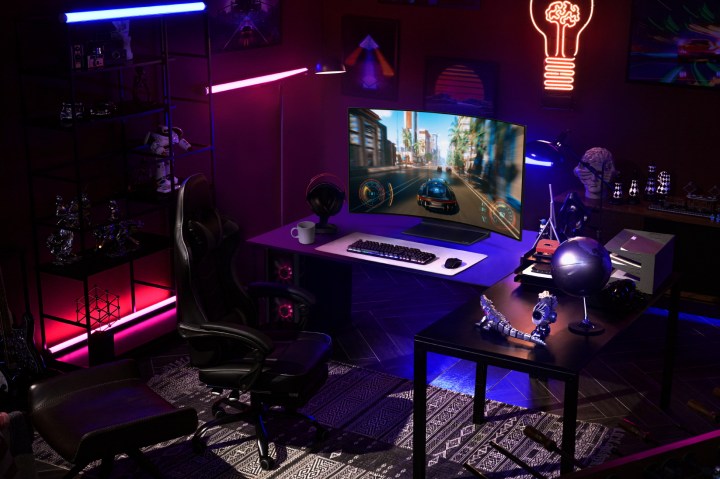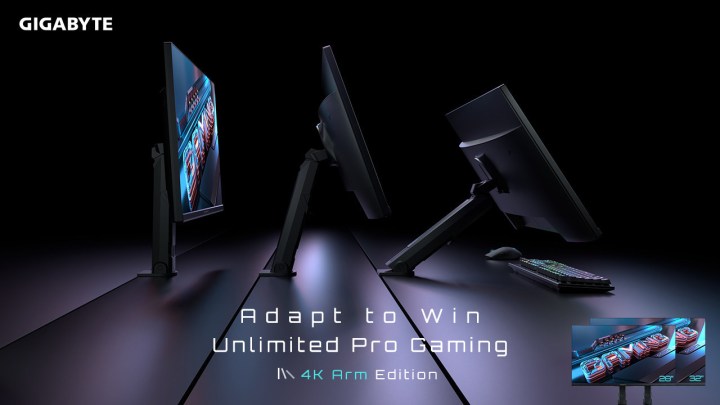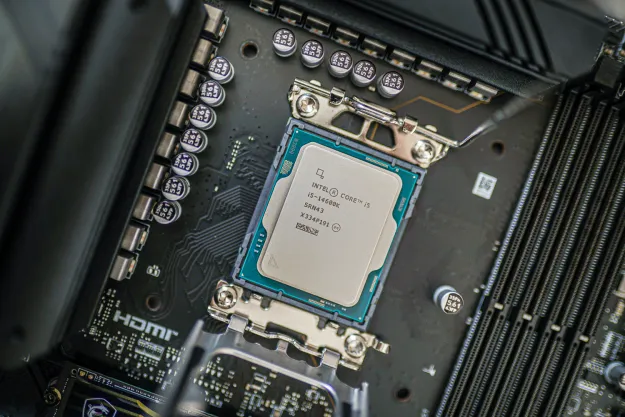This has been a landmark year for monitors, ranging from the awe-inspiring Samsung Ark to the glorious Alienware 34 QD-OLED.
But three new gaming monitors have recently been announced that really get us excited about the future of PC gaming. Gigabyte, LG, and Samsung have all released interesting monitor options that gamers are bound to like the look of — especially if you’re interested in innovation above all else.
While none of these monitors are out on the market just yet, they’re definitely something to be excited about for the back half of 2022.
Samsung Odyssey OLED G8

Let’s start with Samsung, and we’ll begin by saying that this latest monitor certainly looks quite newsworthy. Initially introduced at IFA 2022 in Berlin, the Odyssey OLED G8 is Samsung’s first OLED gaming monitor.
This is the product we’ve been waiting for ever since Samsung announced its QD-OLED panels at CES earlier this year. This 34-inch quantum-dot OLED panel delivers 100% color volume and DCI-99.3% color gamut, and with its VESA DisplayHDR 400 True Black Certification, it should be able to hit all the right colors — be it vibrant shades or deep blacks.
And yes, this is the same QD-OLED panel as featured in the Alienware 34 QD-OLED, a monitor with HDR performance unlike any other we’ve tested.
The Samsung Odyssey OLED G8 also sports an ultrathin design, measuring just 3.9mm at its thinnest part. It’s delightfully curved with a 1800R curvature, and it also comes with a respectable 175Hz refresh rate, as well as a 21:9 aspect ratio. It certainly seems to tick most of the boxes that gamers could wish for, but we’ll have to see how it measures up against the best curved monitors once it releases in the fourth quarter of 2022.
LG’s UltraGear OLED and OLED Flex LX3

We’re combining these into the same entry, because they’re both using top-of-the-line LG OLED panels, but in two very interesting ways.
The LG OLED Flex LX3 is a gaming monitor, but there’s no reason why it couldn’t double as a TV screen — after all, it measures a whopping 42 inches and has an impressively bright OLED panel. More importantly, it lets you pick between viewing it flat or curved, and it can hit as much as a 900R curvature. You might notice that this makes it quite significantly less curved than the Samsung Odyssey OLED G8 described above, but the LG has the advantage of offering both a flat screen and a curved screen.
The Flex comes with a remote control that offers two different presets, but you can also adjust the curvature in 5% increments over a total of 20 levels. The flexibility also stretches to the way you can use the screen real estate — pick between the full 42 inches or scale down to 32 or 27 inches if that suits your gaming habits better.
The recently announced Corsair Xeneon Flex pulls a similar trick with the same “bendable” LG panel, so we’ll have to see how these two monitors stack up against each other and price out.
The second LG monitor is the UltraGear OLED (45GR95QE), a more conventional curved gaming monitor that uses the same OLED panel. What makes these stand out, though, is the 240Hz refresh rate. These are the first OLED screens we’ve seen get above 144Hz, and that’s a really good sign for the future of gaming on OLEDs. We imagine it’ll only be a matter of time before LG TVs get the same treatment.
Gigabyte Arm edition monitors

The previous monitors focus on performance and panel technology, but this one? It’s all about utility. Gigabyte recently announced the “Arm Edition” series of 4K monitors. Made to be especially flexible and adaptable, they seem to fill yet another niche and make it easier to adjust your monitor setup to match your needs. The Arm Edition so far includes two of Gigabyte’s best monitors, the M32U and the M28U, now refreshed to include an ergonomic monitor arm that can pull forward or stand up completely straight.
It’s not unlike the Samsung Space Monitor from a few years ago, but the emphasis on gaming here is what stands out.
Gigabyte markets the monitors toward gamers on all platforms, touting their ability to save desktop space and support various installation scenarios. Aside from the ergonomic arm, the M328 sports a 31.5-inch IPS panel with 4K resolution and a 144Hz refresh rate, while the M28U, unsurprisingly, has a smaller 28-inch IPS display, but maintains the 4K resolution with 144Hz refresh rates.



